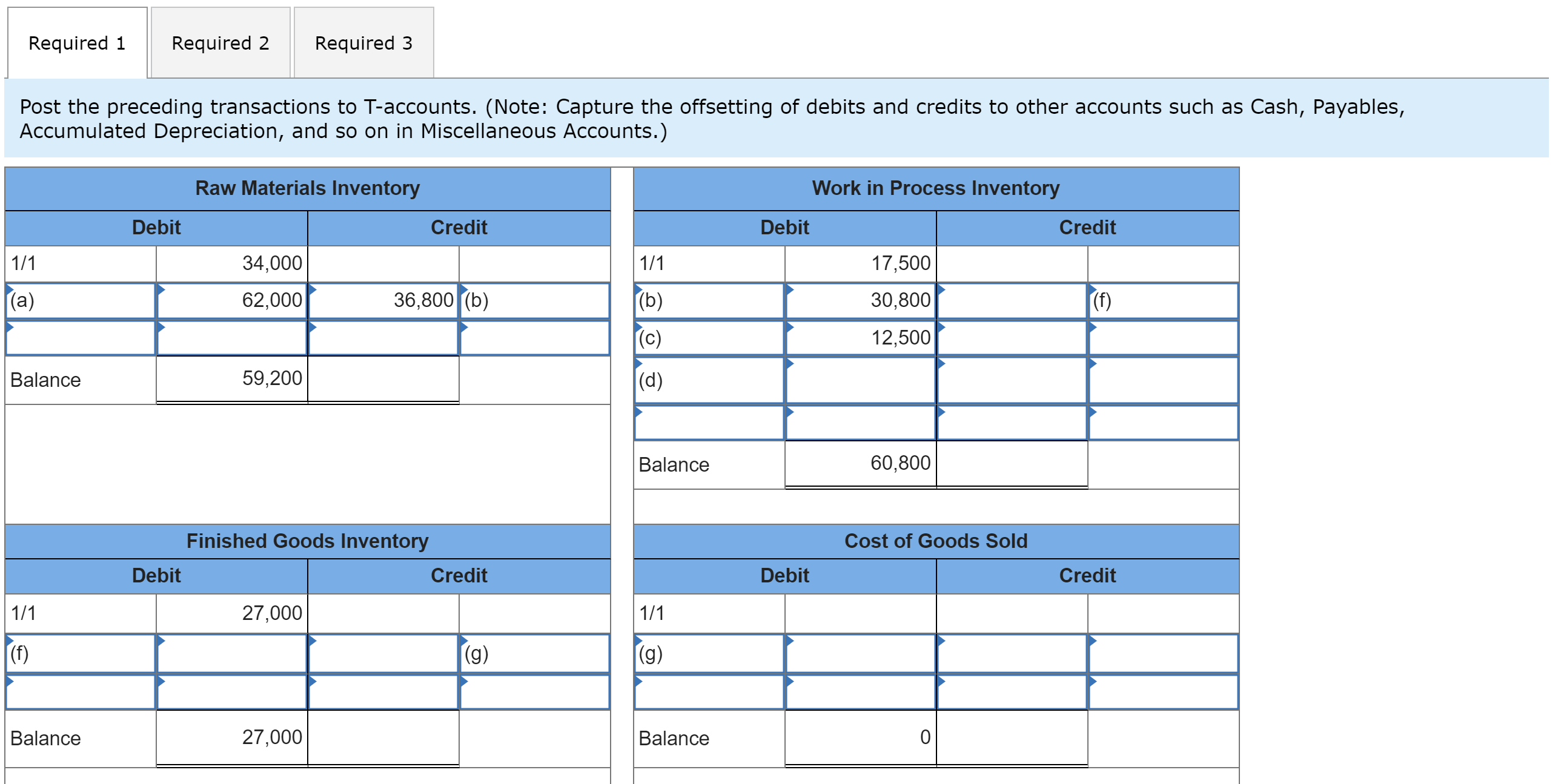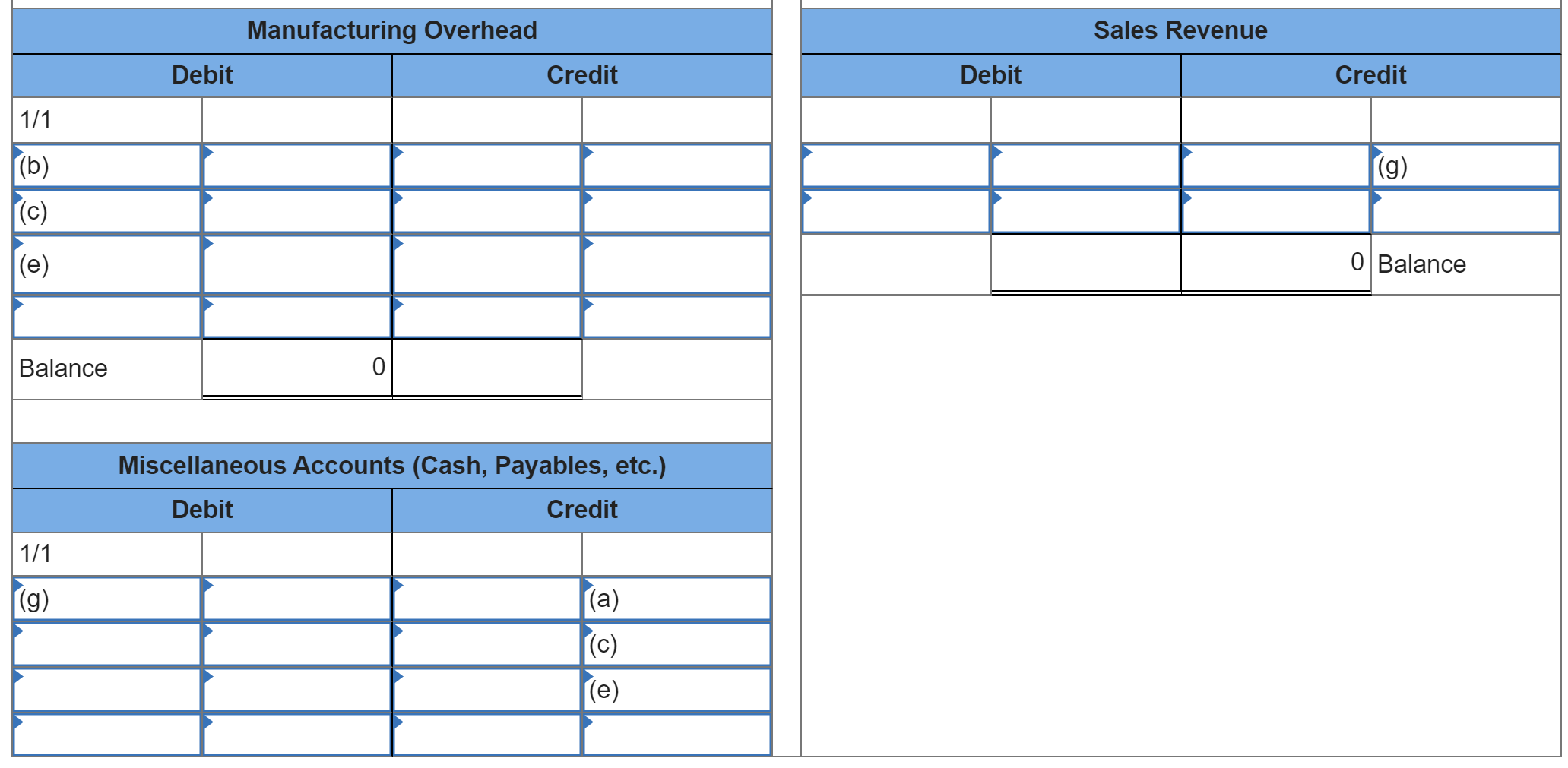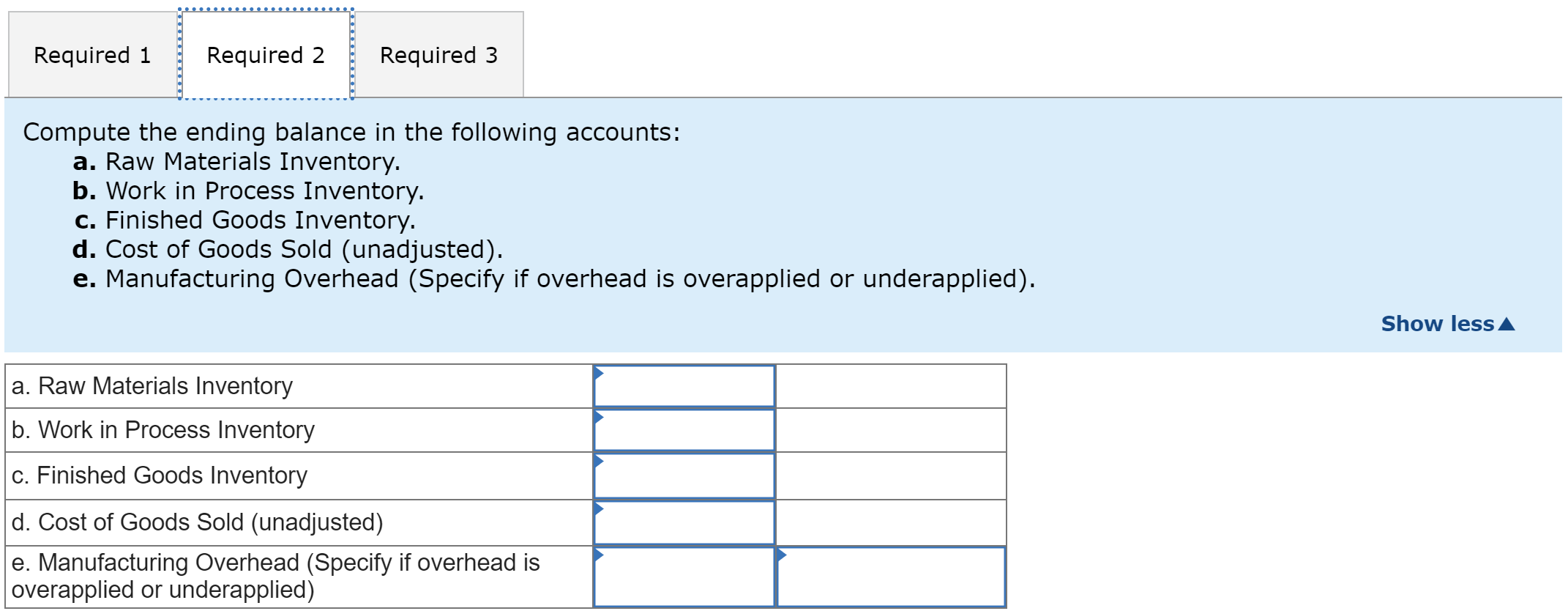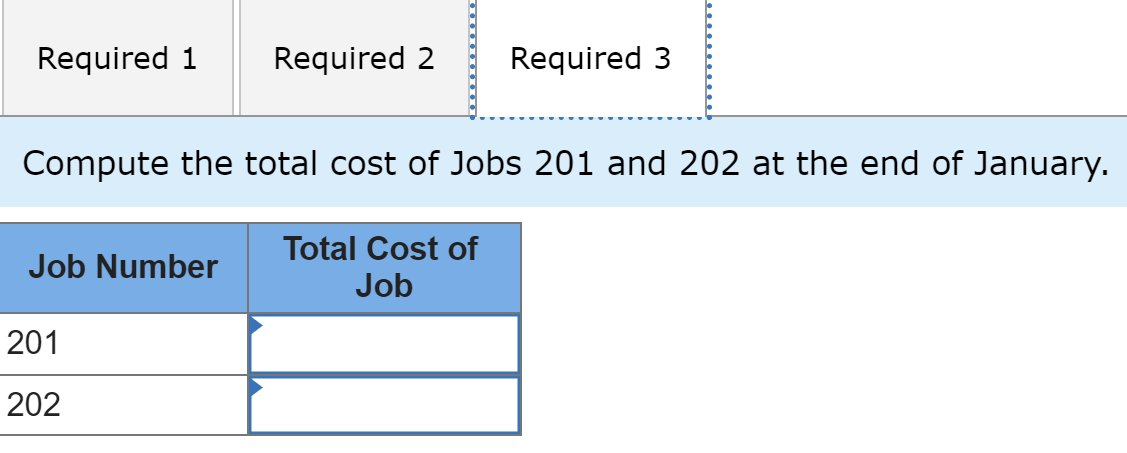Answered step by step
Verified Expert Solution
Question
1 Approved Answer
Could someone please explain what goes where and why? Reyes Manufacturing Company uses a job order cost system. At the beginning of January, the company






Could someone please explain what goes where and why?
Reyes Manufacturing Company uses a job order cost system. At the beginning of January, the company had one job in process (Job 201) and one job completed but not yet sold (Job 200). Job 202 was started during January. Other select account balances follow (ignore any accounts that are not listed). During January, the company had the following transactions: a. Purchased $62,000 worth of materials on account. b. Recorded materials issued to production as follows: c. Recorded factory payroll costs from labor time tickets that revealed the following: d. Applied overhead to production at a rate of $26.00 per direct labor hour for 502 actual direct labor hours. e. Recorded the following actual manufacturing overhead costs: f. Completed Job 201 and transferred it to Finished Goods Inventory. g. Sold Job 200 for $51,700. Job 202 was still in process at the end of January. Required: 1. Post the preceding transactions to T-accounts. (Note: Capture the offsetting of debits and credits to other accounts such as Cash, Payables, Accumulated Depreciation, and so on in Miscellaneous Accounts.) 2. Compute the ending balance in the following accounts: a. Raw Materials Inventory. b. Work in Process Inventory. c. Finished Goods Inventory. d. Cost of Goods Sold (unadjusted). e. Manufacturing Overhead (Specify if overhead is overapplied or underapplied). 3. Compute the total cost of Jobs 201 and 202 at the end of January. Post the preceding transactions to T-accounts. (Note: Capture the offsetting of debits and credits to other accounts such as Cash, Payables, Accumulated Depreciation, and so on in Miscellaneous Accounts.) \begin{tabular}{|l|l|l|l|} \hline \multicolumn{3}{|c|}{ Sales Revenue } \\ \hline \multicolumn{2}{|c|}{ Debit } & \multicolumn{2}{|c|}{ Credit } \\ \hline & & & \\ \hline & & & \\ \hline & & & \\ \hline & & Balance \\ \hline & & & \\ \hline & & \\ \hline \end{tabular} Compute the ending balance in the following accounts: a. Raw Materials Inventory. b. Work in Process Inventory. c. Finished Goods Inventory. d. Cost of Goods Sold (unadjusted). e. Manufacturing Overhead (Specify if overhead is overapplied or underapplied). Compute the total cost of Jobs 201 and 202 at the end of JanuaryStep by Step Solution
There are 3 Steps involved in it
Step: 1

Get Instant Access to Expert-Tailored Solutions
See step-by-step solutions with expert insights and AI powered tools for academic success
Step: 2

Step: 3

Ace Your Homework with AI
Get the answers you need in no time with our AI-driven, step-by-step assistance
Get Started


